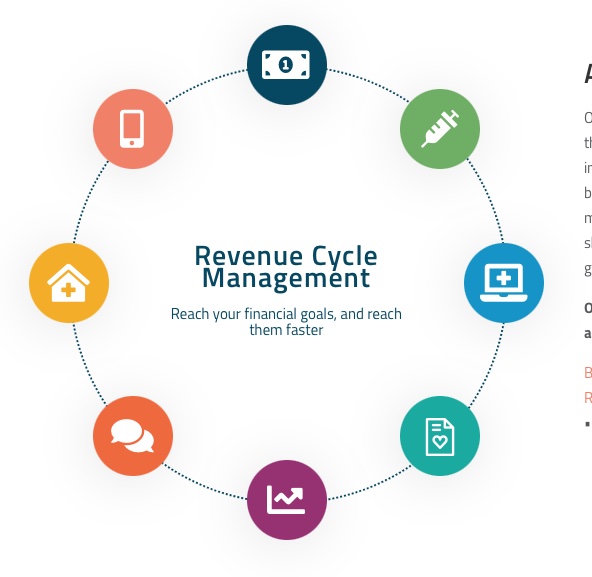Who’s behind QAnon? Maybe looking at a story Hollywood loves to tell can provide the answer.
It’s a story of dark conspiracies, behind evil doings, that a brave individual, or band of individuals, uncovers and battles to overcome.
It’s not a new story. It’s Robin Hood and his Merry Men fighting the Sheriff of Nottingham, stealing from the rich (this is key point) and giving to the poor. The back story there was that the Sheriff had stolen lands from individuals, like Robin Hood, while they were away at war in the Crusades.
It’s James Bond fighting dark hidden international crime syndicates, it’s Batman and Robin against, yes more crime syndicates, it’s countless TV and movie detectives working some case only to discover there’s some powerful politicians and money interests behind the evil doings.
It’s the lovable Sully in Monsters Inc., up against the evil CEO, Waternoose, who will kidnap children to make a profit. Here’s how Hollywood (Disney in this case) pictures Waternoose:

It’s not very flattering.
Not all the movies are fiction. It’s “The Big Short” uncovering the financial institutions behind the sub-prime mortgage crisis (which, on a personal note, caused me to lose about 1/3 of my retirement funds), it’s “Erin Brockovich” taking down the PG&E utility company hiding the health risks it caused, and more recently “No Sudden Moves,” an excellent Netflix flic based on a true story of a consortium of car companies suppressing fuel efficient technology for it’s own financial gain.
These stories are so common, they are ingrained in our consciousness. We all know of the influence of money in our politics. How the military-industrial complex made all that money in Iraq (our tax dollars), how the financial companies were too big to fail in the mortgage crisis (but not the people who lost their homes), and how Congress continually protects the financial interests of the health care industry as it remains the largest cause of personal bankruptcies.
These are not well-kept secrets.
So when QAnon says there is a Deep State running our government and other institutions, it rings true. In fact, it is true if you consider that the ultra-wealthy and large corporations are the ones behind a government that does NOT work for the people. Let’s call them Big Money.
Do you see the problem? Big Money does not like Hollywood telling the story, over and over, of its corrupting influence on our institutions. It is bad PR.
Worse, it gets people to want to vote for Democrats. I’m not saying the Democrats work for the people, they are just as much bought and controlled by Big Money. It was, after all, the Democrats who failed to give us nationalized health as they catered to the world’s most profitable health-care industry.
But they do give more back to the people. The Democrats are more likely than the Republicans to raise taxes on Big Money, and put in government regulations protecting the environment, ensuring work place safety, and providing safety nets like Medicare and Social Security. All of these programs cost Big Money money.
So there’s the problem for Big Money. There is a Deep State, and it is Big Money. And people know about it because of Hollywood, and government reacts to it because of Democrats. How can poor, unfairly treated, Big Money fight back? To get Hollywood and the Democrats off its back?
QAnon. It’s absolutely brilliant. It takes that story that is so ingrained in our psyches and turns it upside down. It tells the powerless that there is a Deep State and that they can fight it.
It says there are powerful interests at work, but it’s not Big Money, it’s despicable sex offenders. And who are these sex offenders secretly controlling our institutions? Hollywood types and Democrats.
And who is going to root them out? And bring them to justice? Yup, Big Money.
It’s brilliant! The Deep State isn’t Big Money, but despicable sex offenders. And it’s not brave individuals who battle them, it’s, yes, Big Money!
The Sheriff of Nottingham is the good guy! Fighting that bandit Robin Hood (and his Merry? wink-wink men!) The Joker is the good guy, taking down the evil Batman (and what’s with him and Robin?)
Can there be any doubt that Big Money is behind QAnon? That it’s a brilliant spin to get Hollywood and the Democrats off its back? To let the Sheriff of Nottingham keep the land he stole from the people, to protect the Joker’s criminal enterprises? To bail out the big investment banks, the car companies, to protect the drug companies, to….
Consider their savior. The man who will lead QAnon’s “The Storm.”
A man who self identifies as the epitome of Big Money. The man behind the Trump Tower (which kind of looks like a Hollywood prop for an evil corporate headquarters.)

Readers, if this rings true, spread the idea, let your QAnon friends know that they’ve been had, that they’ve been tricked into fighting, not against, but FOR the very Deep State / Big Money conspiracy they fear.


























